In this study, we used an operant conditioning model in which rats had to press a lever guided by a light stimulus. The protocol allowed us to assess movement preparation (light stimulus) and execution (Go signal). The learning curve shows that animals improved their performance from the 6th training session, achieving a success rate of 55% (Fig. 2B). A significant difference in success rates between beginner and expert rats was observed from the first to the last training session, indicating that the animals progressed through the perceptual and associative learning phases. Additionally, an analysis of kinematic parameters revealed decreases in duration, reaction time, and movement amplitude, suggesting that movements became more precise and stereotyped in later training stages33,34,35. This enabled us to assess the involvement of CS and CR pathways at different stages of the movement.
The role of the cortex in motor control is well documented. As a more evolutive recent structure compared to subcortical motor nuclei4the cortex modulates the spinal cord directly via the CS pathway and indirectly via projections to older motor nuclei like the red nucleus (CR pathway). These pathways are thought to be involved in different stages of movement, including planning and execution1,2,36.
The functional diversity of neurons in layer 5 of the cortex, which are the primary output information from the cortex, is still debated. One view suggests that these neurons, which project to multiple subcortical structures37,38play a role in associative movement control without clear compartmentalization of motor commands. This implies low functional diversity, with the same information sent to various movement-related structures simultaneously. Conversely, another perspective suggests that layer 5 neurons exhibit high functional diversity based on their specific projection targets1,31,32,39. This last viewpoint supports the idea that the cortex regulates older motor systems and pathways, allowing for distinct control of movements by different neuronal subgroups4.
Our histological findings are consistent with the latter proposal, as they show a topographic segregation of the two evaluated populations (CR and CS). CR neurons are more densely located in motor regions like M1 and M2, while CS neurons are more concentrated in S1 and M1, with less presence in S2 and no presence in M2 (Fig. 1D). This distribution aligns with findings from other studies, which show that there is a differential distribution of layer 5 projection neurons depending on their target site25,31,40,41. Studies, such as those by Kita and Kita38have shown that the subthalamic nucleus of rats mainly receives long-range axon collaterals with multiple subcortical targets. Similarly, Guo found that layer 5 type I neurons in mice have a high probability of projecting to multiple regions, with the thalamus and midbrain being the most frequent targets37,38. Unlike previous research that reported cortical projection neurons sending collaterals to multiple subcortical structures, this study found a low percentage (about 10%) of double-labeled neurons. Our data are similar to those reported by Akintunde40who found approximately 4% of neurons doubly labeled with CR and CS. The discrepancies between the studies may be related to the methodologies used for the measurements, which in some cases involved viral infections and in others retrograde markers37,38,40. Here we show a relatively smaller number of double-labeled corticorrobral and corticospinal cells in M2 than in M1 and S1FL (Fig. 1C). The differences in the proportion of double-labeled neurons in M2 compared with M1 and S1 could be due to the topographic distribution of CS neurons. The proportion of CS neurons labeled in S1 y larger than CR neurons. This difference is inverted in M2, in which CR neurons are more abundant and very few CS neurons were found. However, in M1, the proportion of CS and CR is similar (Fig. 1C). Moreover, our group Olivares et al.25 and others Kameda et al.42 have described that CS axons from motor-related (M1 and M2) and somatosensory areas (S1 and S2) project differentially to a transverse plane of spinal gray matter. Whereas axons from M1 and M2 are distributed similarly into the ventromedial region of the contralateral gray matter. This suggests that L5 pyramidal tract neurons from different cortical areas play distinct functional roles.
For this study, we injected a retrograde virus into the spinal cord and red nucleus to analyze the role of these pathways during movement (Fig. 3A). In addition, we applied optogenetic inhibition protocols to investigate their effects on movement phases (Fig. 3E). Fibers were implanted in the M1 where these neuron populations converge (Fig. 3D). Each animal has a particular way to perform the movement (see the new Supplementary Fig. 6). So, we observed distinct trajectory profiles in different rats, no matter which injections were performed. Moreover, we did not observe any statistical difference in the duration of the control trajectories of CR compared with CS rats (compare, for example, the trajectories of Figs. 4 and 5). Additionally, different trajectory profiles were also observed in intact animals without any injection, for that reason, the trajectory comparison was computed independently for each animal.
No significant change in the success rate was observed in any of the types of inhibition in the CR group of animals compared to their control (Fig. 5B). This suggests that the animals performed the task successfully despite the inhibition. Other studies have reported more pronounced effects with lesions or total inhibitions43,44. However, differences associated with movement preparation were found in the CS group during early inhibition. This finding is consistent with the function of CS neurons projecting to the dorsal horn, which may be involved in modulating sensory and proprioceptive inputs25,41 (Fig. 4B). Here, the ability to inhibit CS and CR neurons is restricted by the numerical aperture of the fiber used, which limits the effect to a radius of 200 micrometers. Therefore, it is not possible to observe an effect as drastic as that reported in studies where complete lesions or inhibitions of the pathways were performed43,44. Additionally, although the lever movement was still performed, changes in execution were observed, prompting an analysis of various kinematic parameters to identify these alterations.
Early inhibition of CS neurons increased significantly the duration of lever pressing (Fig. 4C), pull acceleration (Supplementary Fig. 4D) and, a tendency to increase in pull speed (Supplementary Fig. 4B) compared to their controls. The changes observed when inhibiting a preparatory phase and an execution phase can be explained by the fact that the CS tract has distinct neuronal subgroups that modulate sensory information and motor execution23,25and different subtypes of spinal cord interneurons23. Thus, the CS tract could play a key role in sensorimotor integration by modulating the synaptic noise into the spinal cord and receiving motor commands24,25,45,46.
These changes in CS inhibition are consistent with the observed alterations in animal trajectories (Fig. 6A), suggesting that the longer lever press duration and increased release pull acceleration may indicate a decrease in control over the lever return movement (flexion movement). In this way, Fetz et al. have shown that the CS tract facilitates both flexor muscles (51%) and extensor muscles (48%)6,47. However, the minimal effect on lever execution observed with CS neuron inhibition aligns with findings that CS neuron involvement in movements changes with training41. In expert animals, CS neurons in area M1 are active before and during movement execution, but their role may decrease in highly trained movements48. This indicates that the cortex becomes less involved in executing well-learned movements and only re-engages to make corrections in response to external disturbances when needed49,50,51.
Early and late inhibition of CR neurons significantly affected lever execution. Late inhibition decreases the duration of lever pressing (Fig. 5C) while significantly decreasing amplitude (Fig. 5B), pull and push speeds, and pull accelerations in both inhibitions. These effects are in line with changes observed in trajectory performance (Fig. 6B), indicating issues with initiating and executing the movement, including extension (lever press) and flexion (lever release) phases. Some studies have linked damage to the CR tract and disinhibition of the red nucleus with forelimb extension problems52. However, these studies have not been replicated. On the other hand, it has been demonstrated that the rubrospinal tract controls both extensor and flexor muscles6,47which is consistent with the results observed in our study.
Early phase inhibition may be linked to CR tract modulation of red nucleus activity, which indirectly affects the rubrospinal tract. This modulation probably regulates the excitability of signals from the contralateral interposed nucleus of the cerebellum18,53. Thus, the CR tract not only aids in the initiation and termination of voluntary movements but also modulates the red nucleus’s basal activity18,53which is crucial for proper movement execution. Additionally, early-phase CR neuron inhibition increased reaction times (Fig. 5D), which is consistent with findings in cats where red nucleus neurons are active during reaction times before lever release54 .
Inhibition of CR neurons during the late phase caused a significant decrease in parameters such as movement duration (Fig. 5C), pull and push speed (Supplementary Fig. 4A,B), pull acceleration (Supplementary Fig. 4D), and increase in push time (Supplementary Fig. 4E). Similar results have been observed when inhibiting M2 and M1 cortices in mice, disrupting the proper execution of a reaching movement55. On the other hand, training has been found to strengthen the association between M2 and M1 areas, as well as their relationship to motor performance56. Considering the high population density of CR neurons in these two areas (Fig. 1D), it could be argued that this neuronal population is involved in both the preparation and execution of movements.
The convergence of CS and rubrospinal projections on their targets within the spinal cord, modulating local interneurons and propriospinal neurons28,29,30has led to the suggestion that there is a close relationship between these two motor pathways. Additionally, it has been documented that when there is damage to the red nucleus or loss of the cortico-rubrospinal pathway, movement execution is impaired, although there may be some compensation from the CS tract. Similarly, plasticity has been observed in the cortico-rubrospinal tract when there is damage to the CS tract26,43,44,57. In both cases, recovery is incomplete, suggesting that they are complementary pathways for transmitting information rather than copies of the same motor command.
Considering that the cortex and the parvocellular region of the red nucleus (CR target) emerged almost simultaneously during evolution, perhaps in response to the need for better limb control and increased complexity of movements beyond locomotion and “gross” movements, it raises the question of how these new structures and the preexisting ones are reorganized for motor control4. Kennedy proposes that the CS system, is predominantly involved in the learning of new movements, nonetheless, the cortico-rubro-olivary tract and the rubrospinal tract more with the proper execution of learned or automated movements58. Yet, the animals we evaluated are experts, which explains the differences in the involvement of the two pathways, with more evident changes during CR neuron inhibition58,59,60.
It has been shown that CS neurons participate in movement preparation46 and the perturbation of movement preparation affects the motor execution55. The fact that the early inhibition of CS neurons reduces the number of hits (Fig. 4B) indicates that when CS neurons are inhibited during movement preparation, the execution is affected, and the animals cannot complete the lever pressing. On the other hand, the inhibition of CR neurons, which are involved in movement triggering61affects the movement performance and reaction time (Fig. 5E). Finally, our study demonstrated that CR and CS neurons, subpopulations of PTNs, play an essential role in motor performance by modulating various kinematic parameters. These findings suggest that these neuronal populations contribute differently to sensorimotor integration, indicating that the cerebral cortex can reorganize neural circuits to execute a previously learned movement, even under inhibition conditions50. In this regard, it is suggested that these two pathways are necessary for proper preparation and execution of a movement.
Limitations of the study
This study highlights limitations that should be considered when interpreting the findings. First, the use of retrograde labeling from 2 different structures may underestimate the true number of single and double projection neurons, potentially biasing the anatomical characterization of the circuits. Additionally, the lack of direct quantification of optogenetic inhibition in labeled and unlabeled neurons does not allow for a full understanding of the effects of both suppression and rebound excitation of the neuronal circuit, which may have on the behavioral outcomes. Third, the absence of stereotyped movements across mice further complicates the interpretation of behavioral data, as it precludes a clear assessment of the effects of viral manipulations alone, independent of light stimulation. Finally, the spatial resolution of optogenetic suppression, constrained to an approximate 200 μm radius, along with variable labeling efficiency, may have led to an underestimation of the functional contributions of the CS and CR pathways. Future experiments using electrophysiological recordings of CS and CR during movement performance could directly reveal if both types of pyramidal tract neurons has specific roles in motor preparation and execution.












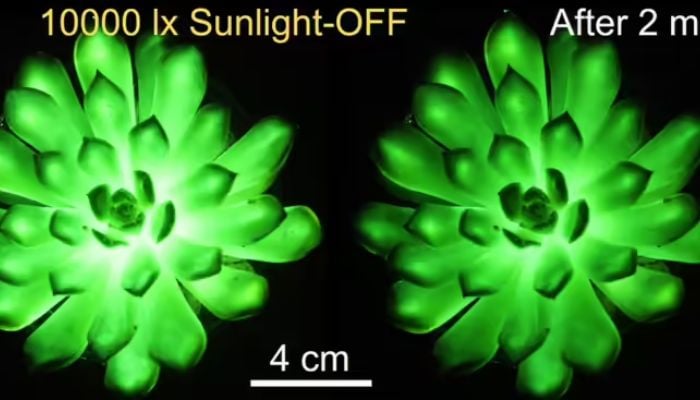








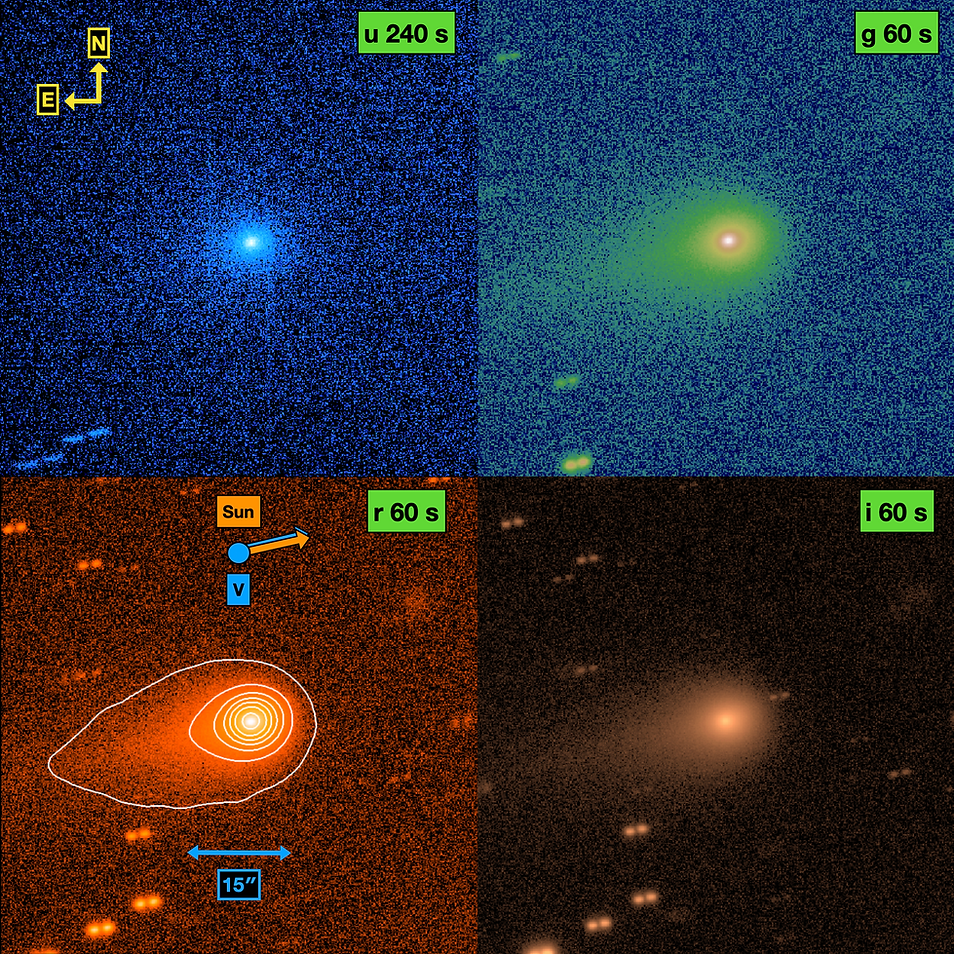
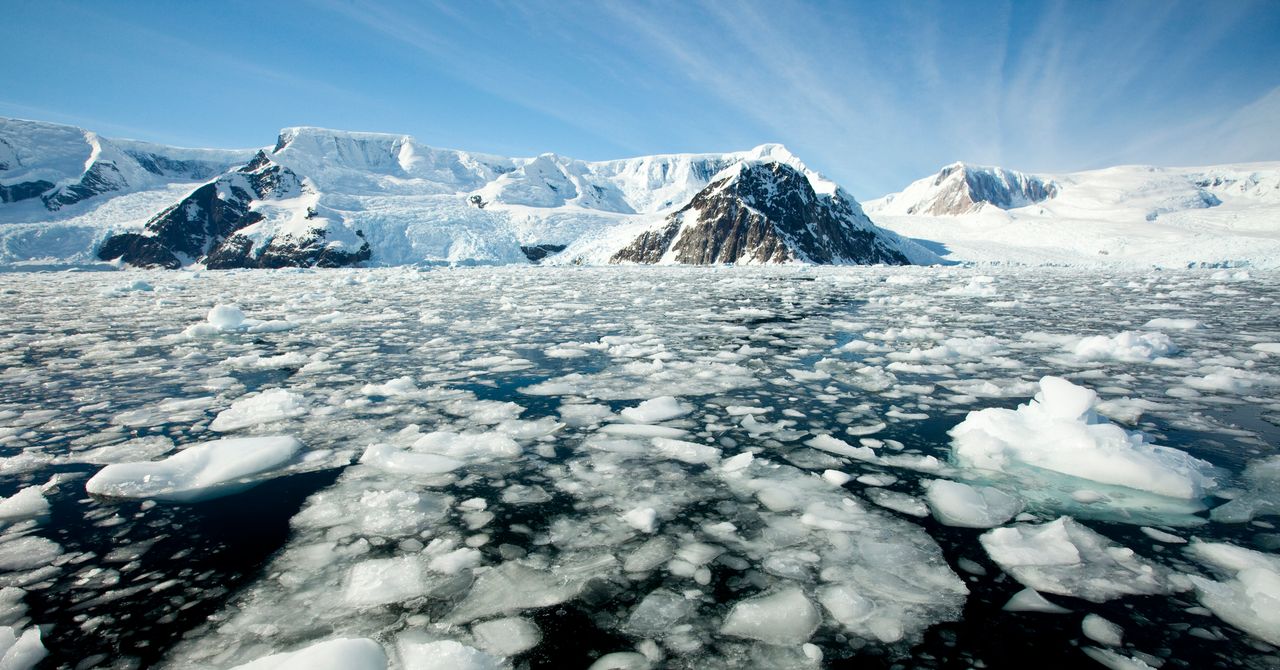
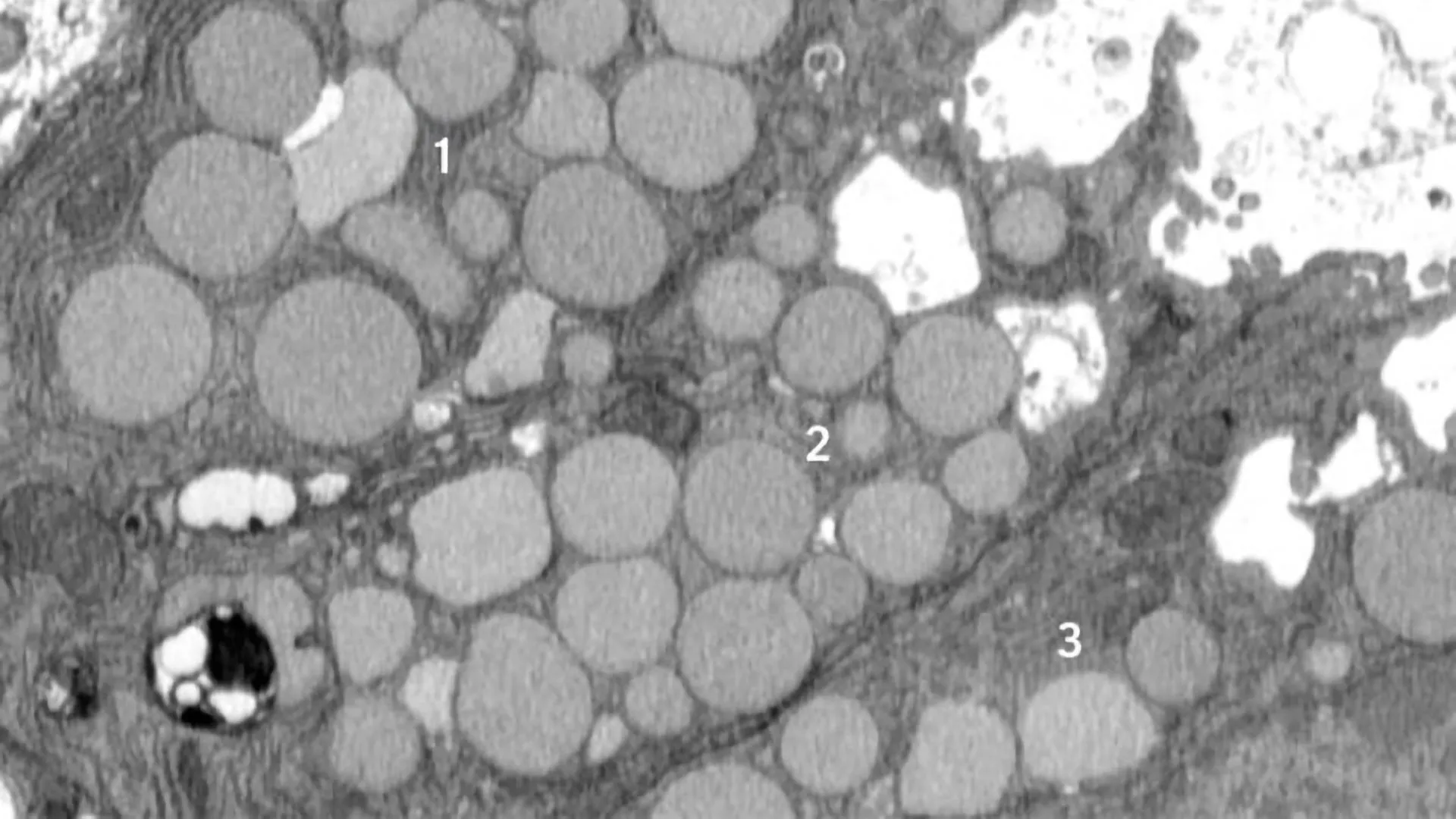
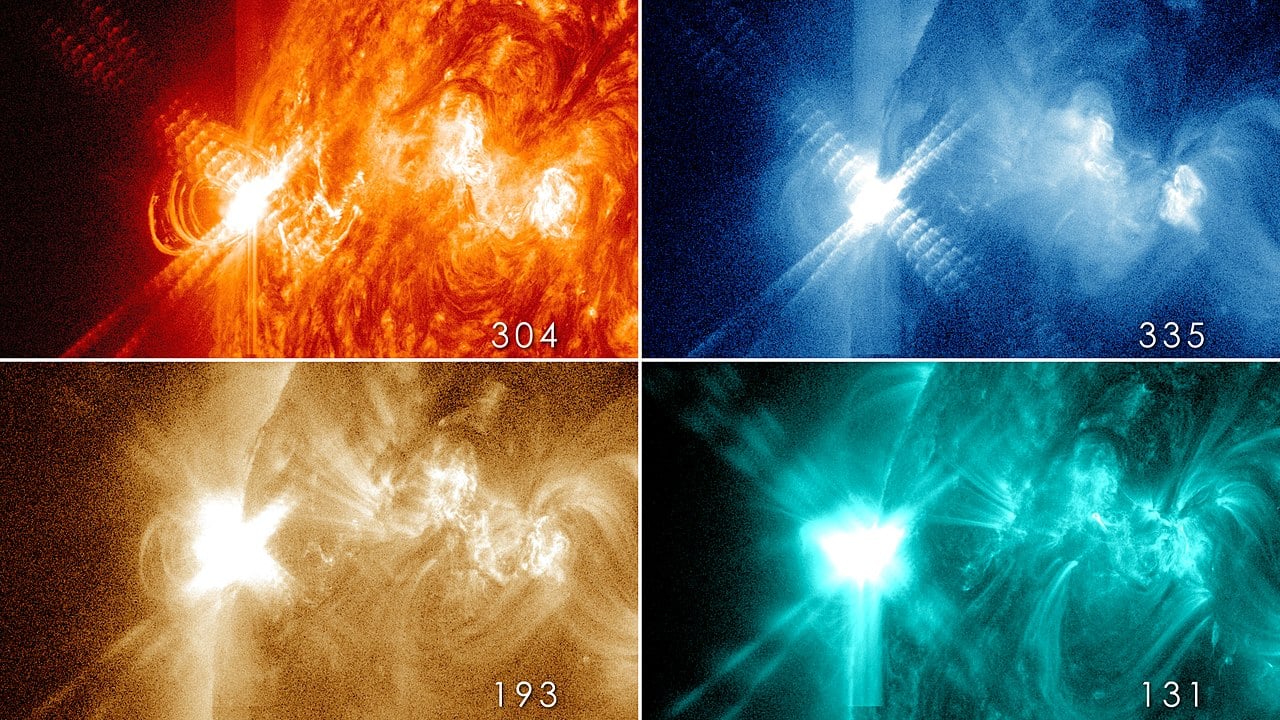
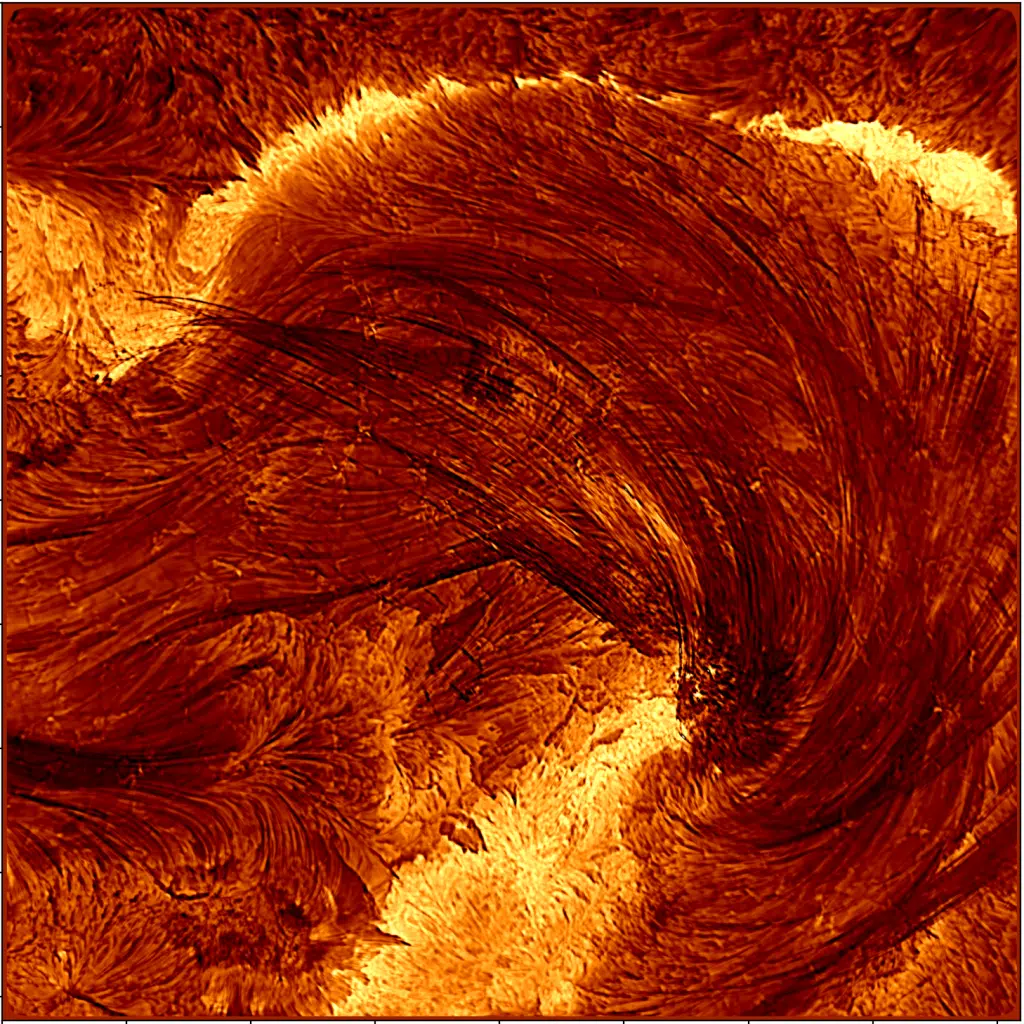 A high resolution image of the flare from the Inouye Solar Telescope, taken on August 8, 2024, at 20:12 UT. The image is about 4 Earth diameters on each side. (Credit : NSF/NSO/AURA)
A high resolution image of the flare from the Inouye Solar Telescope, taken on August 8, 2024, at 20:12 UT. The image is about 4 Earth diameters on each side. (Credit : NSF/NSO/AURA)